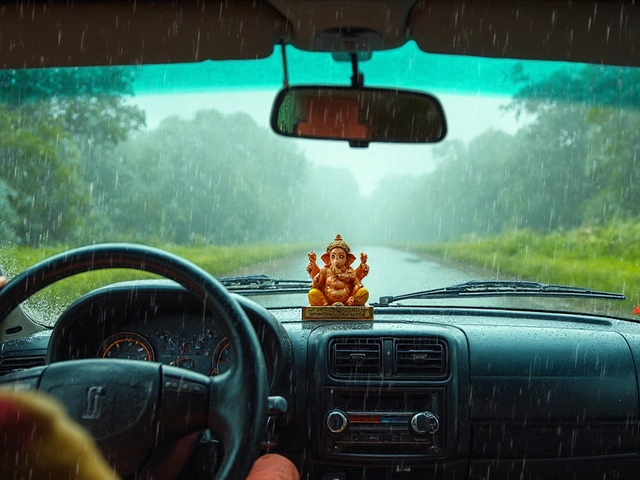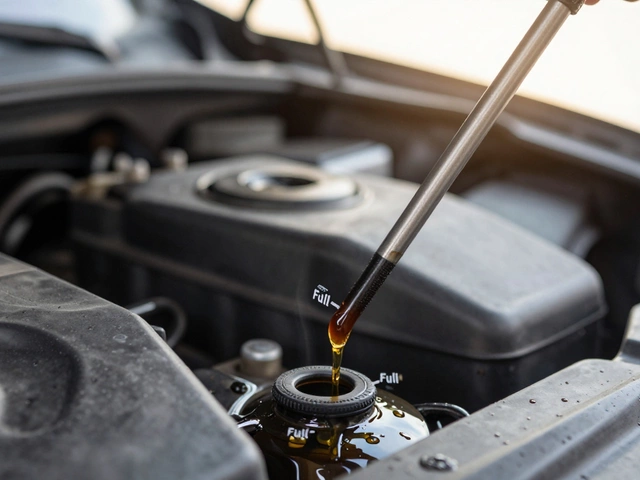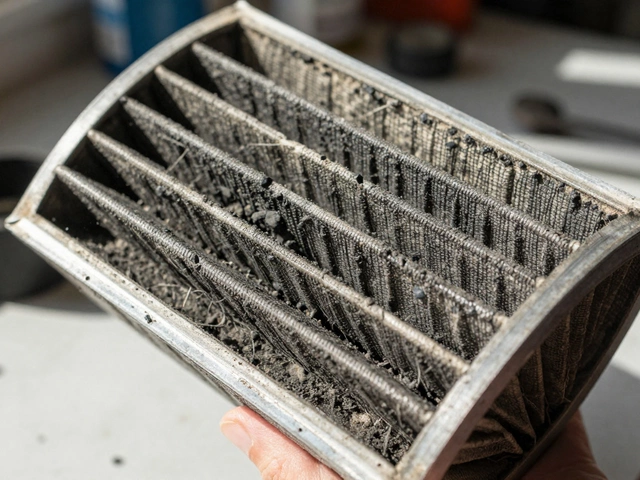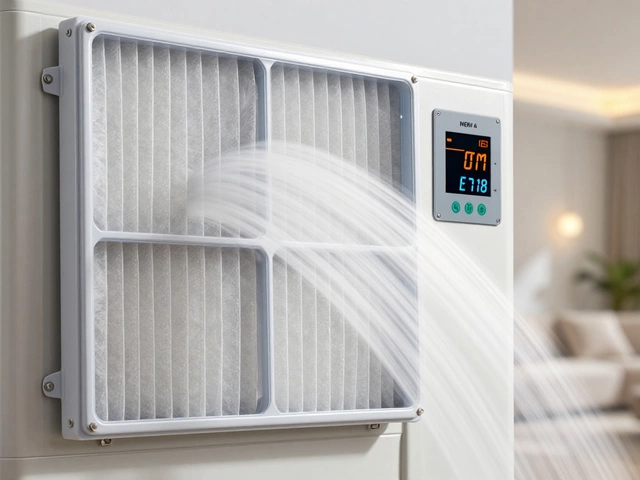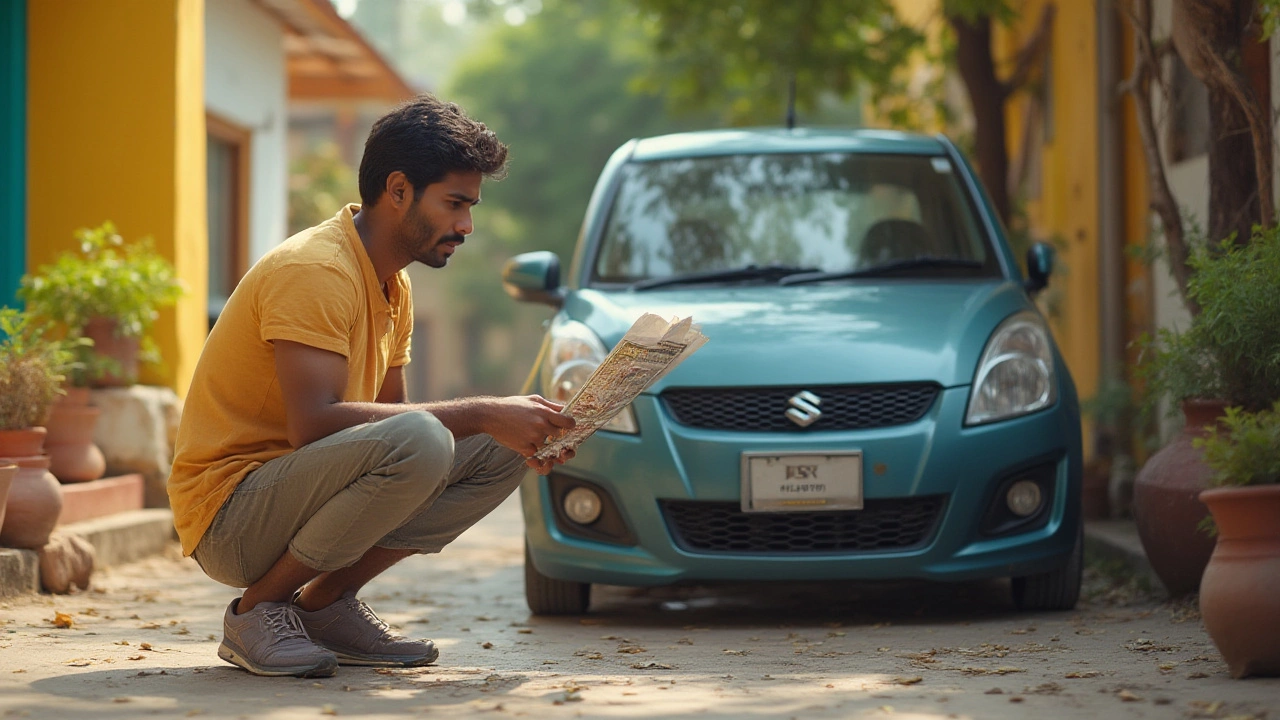
If your car feels sluggish when you hit the gas, you might blame the engine, but that’s not always the culprit. More often than people think, the problem creeps up from the clutch. Drivers with manual transmission cars know the clutch can make or break that smooth connection between pressing the pedal and feeling power at the wheels. Missing early warning signs can burn a hole in your wallet, and nobody wants to get stuck on the side of the road with smoke streaming out from under the hood. Testing your clutch isn’t just for mechanics—it’s something you can do at home.
What the Clutch Actually Does (And Why It Goes Wrong)
The clutch sits right between your car’s engine and transmission. Its big job? Connecting and disconnecting them, smoothly. The moment you press your left foot down on the pedal, it separates the engine’s spin from the wheels, letting you shift gears without grinding and crunching. When things work right, you don’t even think about it. But every clutch is up against a pretty tough enemy: friction. The system clamps together metal and clutch plates every time you drive. That heat and wear is why most clutches last about 60,000 to 100,000 miles—though wild stop-and-go traffic or nervous beginner drivers can fry one much sooner.
I remember showing my son Levi how to drive stick, and you could almost smell the anxiety coming off the clutch. Riding the pedal, holding too long on steep hills, even learning to feather the clutch pedal when parking, it all adds up. If someone’s rough on the clutch, it’ll slip, shudder, or make noise way before it should.
Here’s a neat fact you might not have heard: Most modern cars use a hydraulic clutch system with a “master cylinder”—way smoother than the old, stiff cable setups. But no matter how it’s hooked up, the signs of a worn clutch don’t hide for long. If your car revs but acceleration feels like a slow Sunday stroll, or you spot weird burning smells, grinding, or can’t pop the shifter into gear, the clutch is waving a red flag. And dealing with it early can save you from the nightmare of an inoperable car and a hefty repair bill.
| Average Clutch Lifespan | Common Causes of Failure | Warning Sign |
|---|---|---|
| 60,000–100,000 miles | Riding clutch City stop-and-go Improper shifting Overloading car | Slipping Burning smell Sticky or hard pedal Noisy engagement |
Ever wondered how much weight your clutch deals with? Standard passenger cars transmit around 100-300 Nm of torque through the clutch. Add more aggressive driving or towing, and you can double those numbers. So it’s no wonder clutch issues make up more than 10% of all manual transmission repairs today.

Simple Ways to Test Your Clutch at Home
You don’t need a jack, fancy tools, or diagnostic gizmos to test your clutch. Some basic checks only take a few minutes, whether you’re in your driveway or a parking lot. Be safe—park on level ground, away from traffic, and keep the area clear.
- Start the Engine, Press the Clutch: Turn on the engine, keep the shifter in neutral, and press the clutch pedal down with your foot. It should go down evenly, with moderate resistance. If it feels super light or gets stuck halfway, might be a hydraulic issue, leaking clutch fluid, or worn linkage.
- Engagement Point Test: Slowly release the clutch pedal and note the point where the car starts to creep forward (with no gas). It should happen about halfway up. If it engages at the floor or almost at the top, the clutch is likely worn.
- Slipping Test: With the engine running, engage the parking brake, and put the shifter into second or third gear. Let the clutch out slowly, without touching the gas. If the engine stalls quickly, your clutch probably still grabs strong. If the engine keeps running, your clutch is slipping and probably near the end of its life.
- Road Test: Find a safe stretch of road and accelerate in a higher gear (like fourth) at a low speed. Step hard on the gas. If you see engine RPMs spike but don’t feel a surge of acceleration, your clutch is slipping.
- Listen for Odd Noises: While idling, press and release the clutch. Squealing, chirping, or grinding can point to clutch bearing or pressure plate issues.
- Smell for Burning Odor: Burnt, acrid smells after you use the clutch for a few stops almost always mean excessive clutch slip. If you catch it early, you might avoid a complete replacement.
If your pedal feels mushy or there’s brake fluid under the car, check the clutch fluid reservoir—usually right next to the brake fluid. Topping it off with proper fluid can sometimes fix issues, but if it keeps draining, there’s a leak hunting to be found.
A surprising percentage of clutch problems come from simple cable adjustments on older cars. A basic turn of an adjuster nut can help align the engagement point—crazy how many people replace a clutch when all they needed was a five-minute twist of a wrench. On modern hydraulics, bleeding the system with fresh fluid can clear up soft or inconsistent pedals.
But most people wait until things get truly bad—grinding at every shift, or the car won’t even move when in gear—before checking the clutch. By then, what could have been a $40 fix turns into a $1,000 repair. Pay attention to the little hints your clutch gives you. Early detection really is the name of the game here.
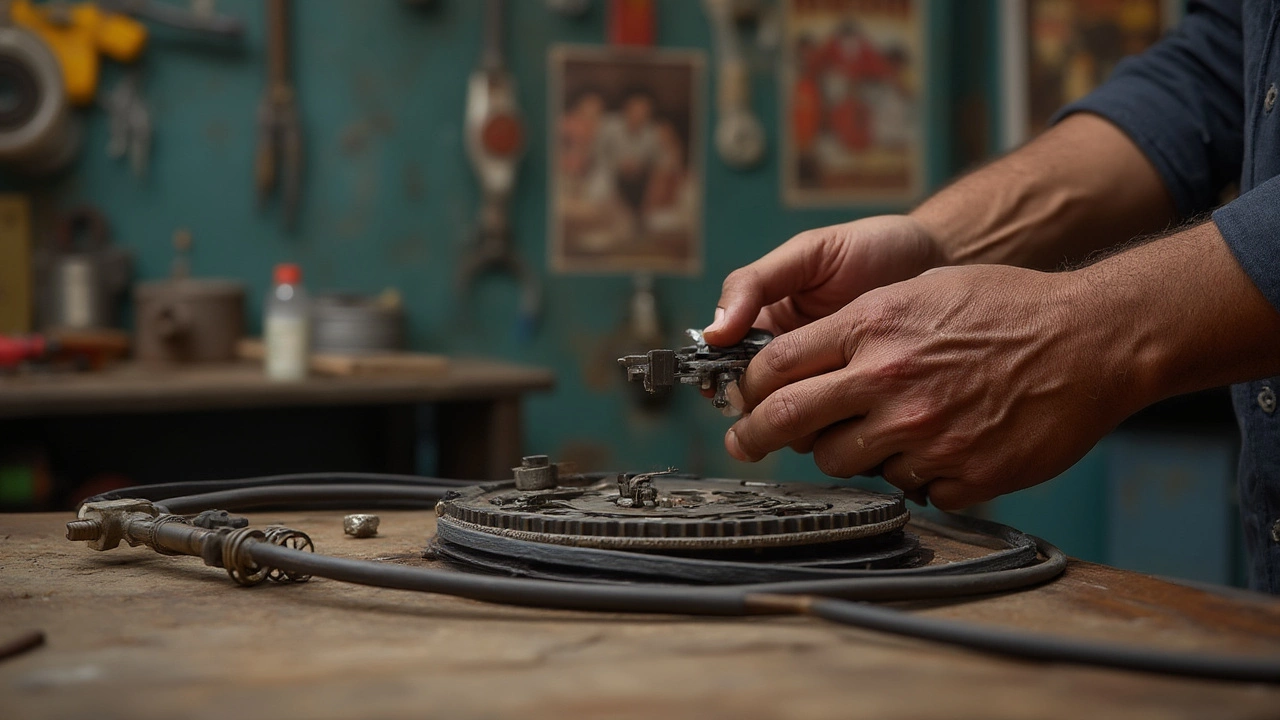
How to Keep Your Clutch Healthy (And When To Get Help)
Now, after you’ve done those simple tests, odds are you’ll want to keep your clutch running for as long as possible. No one enjoys coughing up cash for a new clutch kit (though doing a replacement with your own kid, like I did with Levi, can be oddly satisfying—if you don’t mind scraped knuckles). Your best bet? Change up some driving habits. Start with always taking your foot off the clutch pedal between gear changes—resting it there puts unnecessary pressure on the system. Avoid feathering the clutch longer than necessary, especially on hills; use the handbrake for steep starts instead.
If you find yourself in stop-and-go traffic a lot, try to keep the clutch engaged fully rather than half-released, which wears it down much faster. If the pedal bite point keeps creeping up, or shifting gets harder and harder, get your car looked at without waiting for the breakdown truck.
Dealership surveys from 2023 showed drivers waited an average of 7 weeks after first noticing clutch slip before seeking repairs—and more than 50% saw related transmission damage by then! Not great odds. If you spot changes in the way your car shifts, engages, or smells, treat it like an early warning—from your car, not just your mechanic’s wallet.
When you do need to replace the clutch, shop around for honest estimates. Ask if a new flywheel is really needed (it isn’t, most times). And once you’ve slapped in a new clutch kit, always “bed it in” with gentle, light driving for the first 300-500 miles—rushing the process can glaze the friction surfaces and put you right back to square one.
- Take all warning signs seriously—early fixes are almost always cheaper than late ones.
- If your car uses a clutch cable, check for fraying or stretch regularly, and adjust play as needed.
- On hydraulic clutches, look for leaks around the slave or master cylinder; catching a leaky seal early saves headaches.
- Use the correct transmission and clutch fluid—cheap substitutes will shorten lifespan.
- If something feels off, don’t just turn up the music and hope it’ll go away. Your ear (and nose) often catch clutch trouble first.
It’s wild how often people ignore clutch symptoms just because they’re afraid of expensive repairs. But think of clutch care as self-defense for your car. That bit of effort now pays out big in no surprise breakdowns and cheaper long-term bills.
So, next time you’re out in your manual, maybe teaching your own kid how not to smoke the clutch like I did with Levi, pay attention to those little clues. A quick clutch test now can keep you moving—and keep your wallet happier—long into the future.


